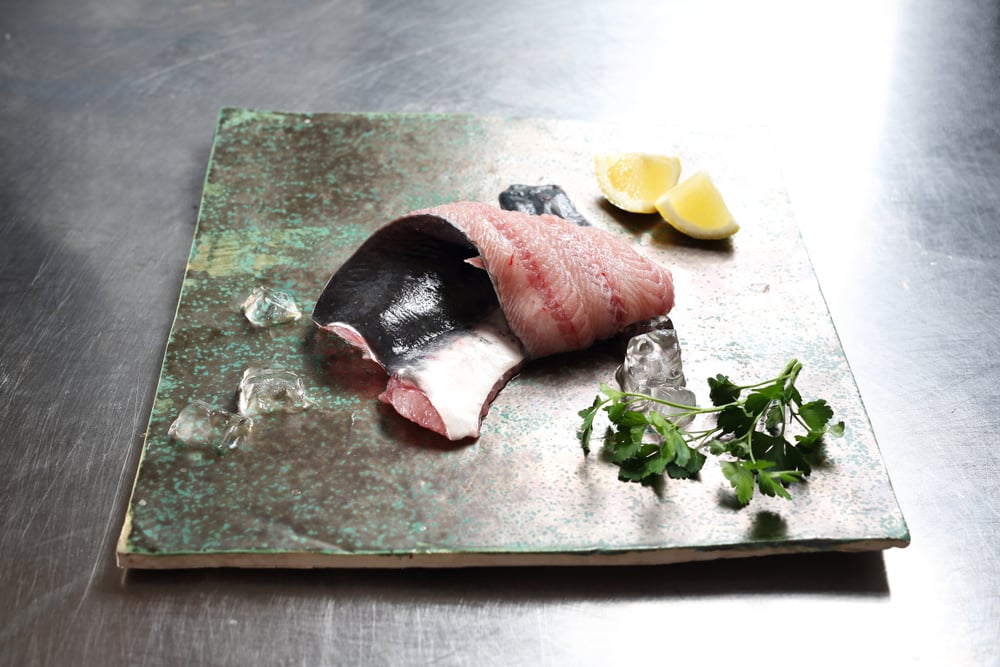
When a person catches catfish, they often skin the catfish so that they can enjoy the fillet without the catfish’s skin. When a person has to spend extra time skinning a catfish, they are usually left wondering: can you eat catfish skin?
Can You Eat Catfish Skin
A person can eat catfish skin, but they might not want to. It is highly encouraged to remove the skin prior to consuming catfish by the EPA. Eating catfish skin also requires knowing a thing or two about cooking it.
Catfish Skin Could Be Toxic
Catfish are known to absorb what is in the water around them, hence why bottom feeders that hide in the mud are known to taste a bit murky. Unfortunately, this also means that catfish can absorb toxins and chemicals that are in the water around them. Because of this, some wild-caught fish often have higher levels of mercury.
The fillet of the fish does not usually absorb as many chemicals as the rest of the fish. This is why it is okay to eat meat from the fish. During studies, it was discovered that toxins and chemicals were found in higher amounts in the skin of the fish. These amounts are not only unhealthy, but they could also be dangerous. Because it can be difficult to determine whether a wild-caught fish has those toxins and chemicals, the EPA advises never to eat the skin of a wild-caught catfish.
Can You Eat Farm-Raised Catfish Skin?
Farm-raised catfish are usually raised in clean water. This gives them a cleaner taste that is typically sweeter, and it means that they are not exposed to the same harsh chemicals that wild-caught catfish are. People that enjoy eating catfish skin can do so safely when they purchase farm-raised catfish.
Cooking the Skin
Most people that enjoy either the taste of catfish skin or the wonderful health benefits, such as the Omega 3 fatty acids, need to know a thing or two about cooking it. Catfish skin usually is just cooking catfish that still has the skin on it. When cooking the catfish, the skin is more than likely going to curl. This will lead to the curled part becoming burnt if it is cooked too long. It can also lead to a less than attractive appearance for your main course.
To help reduce curling and increase aesthetic appeal, cook the fish slowly instead of quickly. To do this, simply turn down the heat and let the fish cook slow.
Seasoning
When cooking fish with the skin on, it is important to season the fish properly. Use the same seasonings as you normally would when cooking catfish with skin. If the skin starts to curl, it will often result in part of the skin peeling off the meat of the fish. When people eat this part, they do not eat the portion of the skin that peeled off the fish. Because of this, sprinkle that part of the meat with seasoning to ensure that guests get a mouth full of flavor with every single bite.
